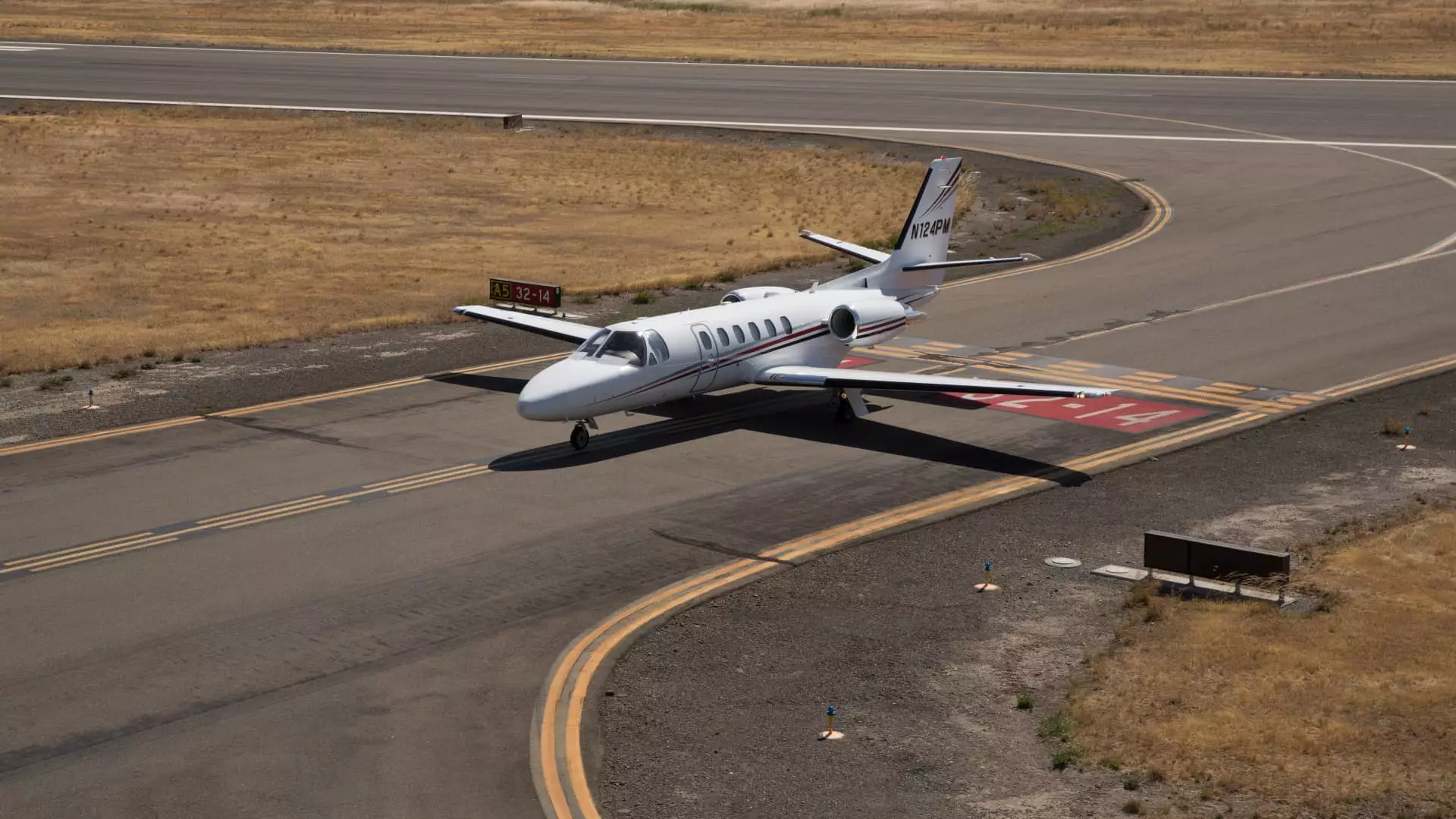The business jet market is currently facing a significant downturn, primarily fueled by a notable decrease in consumer confidence. Recent surveys suggest that even affluent travelers have begun to reassess their spending behaviors, raising alarms for an industry that thrives on high net worth individuals and corporate fleets. Barclays’ latest survey highlights a staggering 49% decline in interest towards purchasing business jets among potential buyers from late March to mid-April. This decline, noted by 65 respondents in the survey conducted between April 9-15, signifies a troubling trend that could have broad implications for not only manufacturers but also the broader economy.
Critical Metrics Reflecting Market Sentiment
Barclays employs a multifaceted approach to gauge the market through its Business Jet Indicator, which integrates various metrics to assess performance. This recent survey showed that all metrics, barring inventory levels, experienced a decline, culminating in a composite score plummeting from 52 to 40. Such a drop in sentiment—especially during a period when the market is looking for recovery signals—rings alarm bells. David Strauss, an analyst with Barclays, articulated concern over this unexpectedly steep downfall, indicating that a composite score in the low 40s serves as a warning signal for economic sluggishness. The connection between this indicator and the manufacturing sector, particularly the book-to-bill ratio, further underscores the potential challenges ahead for manufacturers, which may find their order fulfillment lagging significantly.
Fear of Tariffs and Their Wide-Reaching Impact
The hesitancy to invest in business jets seems to stem from broader economic anxieties, particularly the implications of tariffs. According to the survey, almost half of the participants (46%) noted a marked decline in customer interest since March. Among the apprehensions expressed, the specter of tariffs haunted many discussions, as an overwhelming 93% of respondents predicted a negative impact on new aircraft demand due to potential trade barriers. This mindset not only stifles immediate purchases but also creates a chilling effect on the broader business climate, leaving many corporations in a state of uncertainty regarding future investments in aviation resources.
A Dim Outlook for Used Jets
When examining the used jet market, the outlook remains only mildly optimistic. The survey revealed that 67% of industry participants envisage either a significant or minor decline in demand for used aircraft. This sentiment showcases a reluctance to invest at any level, as economic pressures consolidate buyers’ budgets into tighter focuses on necessity rather than luxury. However, a surprising 27% of respondents indicated expectations for a potential increase in demand, suggesting that as financial conditions fluctuate, there may still be segments of the market adaptable to changes and willing to explore alternative purchasing avenues.
Legislative Relief on the Horizon
Intriguingly, recent legislative discussions could potentially offer a lifeline to the beleaguered business jet sector. The adoption of a budget resolution by both the Senate and House of Representatives heralds possibilities for extending elements of the Tax Cuts and Jobs Act (TCJA). The notion that businesses may soon benefit from the ability to immediately deduct 100% of eligible equipment purchases raises hopes. If successful, this proposed legislation stands to bolster manufacturers significantly by enabling residual tax incentives that could entice companies to reconsider their current purchasing hesitance.
Looking Ahead: Paving the Way for Recovery
As the market recalibrates, it is critical for industry players to monitor evolving consumer sentiments, external economic pressures, and political landscapes closely. The combination of decreased demand and potential legislative shifts paints a complex picture, but one that is rich with opportunities for strategic repositioning. Adaptive strategies from manufacturers, alongside effective communication with potential buyers about the value proposition of business jets, will be vital as they navigate the current turbulence. The road to recovery may be fraught with challenges, but it also represents a defining moment for innovation and resilience within the aviation sector.


Leave a Reply